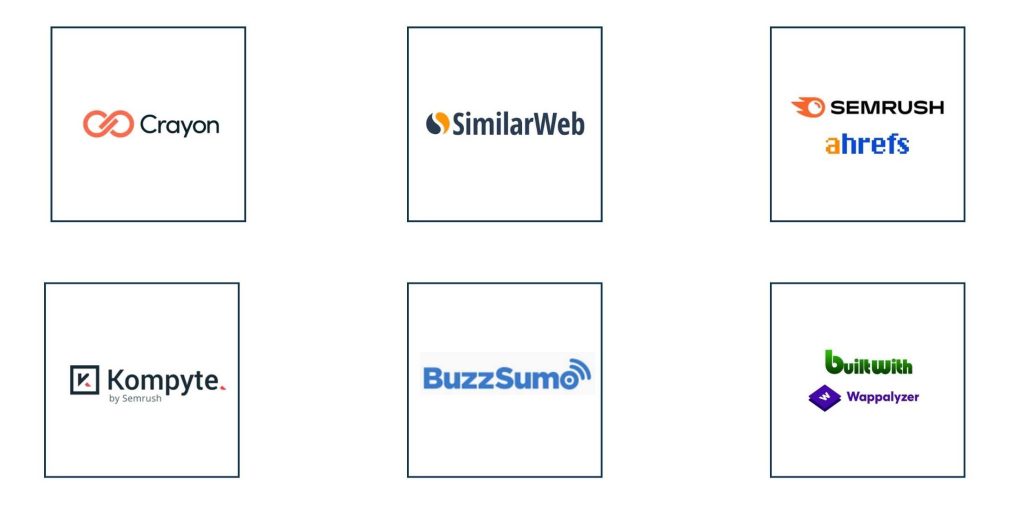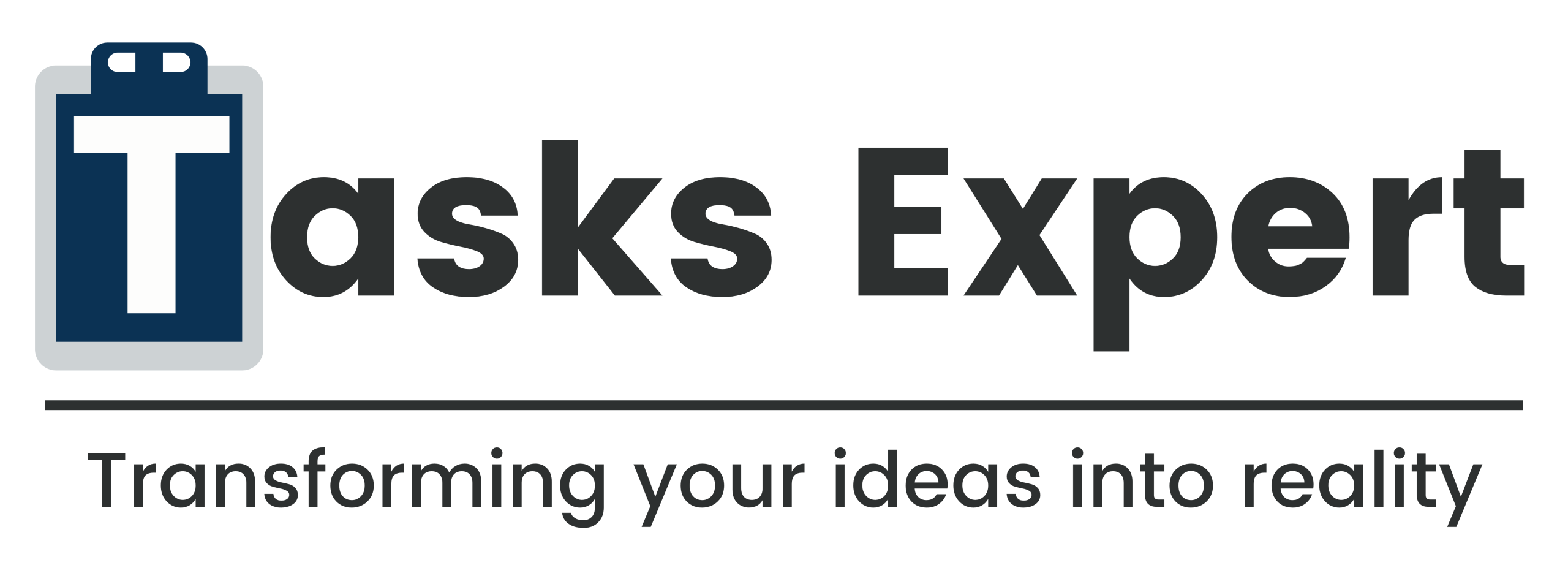Introduction
In B2B marketing, the competition goes far beyond pricing. You often try to influence multiple decision-makers across long sales cycles, while proving your relevance and value in a saturated market. This is where a competitive intelligence service becomes necessary.
Instead of depending on assumptions or responding after a competitor has already captured market share, competitive intelligence provides you with ongoing, real-time insight. It keeps track of client feedback, campaign tactics, rival messages, and changing market trends in one location. With this reach of visibility, you get to act with precision.
You can identify what’s trending and the gaps, and how to position your messaging more effectively. This could entail addressing underserved audiences, addressing gaps they’ve missed, or modifying timing and tone to better connect.
Your messaging begins to connect with prospects on a deeper level when you regularly match your marketing with gaps in the competitive landscape. It’s worth more than simply noise. And in B2B marketing, value-driven communication backed by smart competitive intelligence is what creates long-term differentiation.
Identifying Market Gaps Through Competitive Intelligence
One of the most effective applications of a competitive intelligence service within B2B marketing is its capacity to reveal and capitalize on market gaps, especially where the competition is underperforming, missing important buyer requirements, or not touching a particular audience. Such gaps are an asset for your brand to work on, build differentiated messaging, to attract a relevant audience.
Using a competitive intelligence framework, marketers may track and evaluate rival positioning, feature sets, target audience tactics, and content themes across websites, advertisements, and social media. Trends start to emerge when you overlay this data with your own consumer behavior and customer feedback, showing you exactly where opportunity lies.
For instance, suppose your number one, two, and three competitors all emphasize speed and automation in their messaging. That’s fine, but suppose your customer interviews show that the actual pain point is integration with legacy systems. If no one else is mentioning that as a concern, you’ve got a messaging gap—one you can define and own.

Some of the most common market gaps and how they can be uncovered through competitive market intelligence are listed here:
1. Underserved customer pain points
Most firms pursue industry buzzwords, while ignoring actual issues buyers encounter every day. If your research finds an ongoing issue not being solved—such as onboarding issues or compliance issues—you can create messaging that directly addresses those pain points.
2. Features not emphasized by competitors
At times, competitors target messaging around flagship features only and neglect others that could be more beneficial for particular buyer personas. If you have similar features but competitors don’t highlight them, this is an obvious opportunity to make those differentiators in your efforts. Industries or regions not targeted
Your intelligence solutions might uncover that the competition is condensing their messaging around the same verticals or geographies. That creates white space in other sectors or regions where there is demand but messaging hasn’t penetrated. Focusing on those overlooked segments can bestow first-mover status on your brand.
3. Tone or messaging gaps
Messaging is more about the tone of your message, how you say it. If competitors are leaning heavily on jargon or more technical language, and your buyers prefer simplicity and clarity. Your brand can win by simply sounding more human. Similarly, if industry tone is conservative, and your audience looks for innovation and fearless thinking, a shift in tone is a winning mechanism.
Your marketing gets more refined and strategic when you layer these observations with a competitive intelligence tool, with sales team direct feedback, or customer success discussions. It is not justified to add content merely for namesake; instead, you are completing the gaps in the discussion and offering your audience something unique.
Ultimately, recognizing and addressing these gaps is how companies transition from “just another option” to the most relevant option. And in a saturated B2B market, that level of understanding is what initiates conversions
How Competitive Intelligence Refines B2B Messaging
Once you’ve uncovered gaps through a competitive intelligence service, the next step is putting that insight to work—refining your marketing messages so they align with what the market actually wants and isn’t getting elsewhere.
This isn’t just about creating better content; it’s about creating sharper, more relevant communication that speaks directly to your buyer’s needs, concerns, and expectations.

1. Personalization of content to unsatisfied needs
Competitive intelligence enables you to pivot website copy, landing pages, ad campaigns, and email sequences based on particular gaps in rival messaging. Rather than relying on general selling points, you can construct messaging around the very pain points, objections, or priorities not being mentioned by others. This makes it more likely to resonate with buyers who feel ignored by generic industry storylines.
2. Creating immediate relevance
When your message lands on a point others have not, it immediately attracts attention. It says to your audience, “We get your issue—and here’s the way we particularly address it.” Such alignment compresses the cycle of trust building. A B2B sale, where the process is complex and time-consuming, is a good case in point where speed to relevance is a competitive imperative. Having untapped narratives to own
3. Owning underused narratives
Intelligence findings frequently uncover untapped themes—use cases, product benefits, or customer outcomes that no one else is promoting. This provides you with the chance to own the conversation about that topic. You can create blog content, case studies, videos, or even webinars that establish your brand as the authority in that area.
4. Advancing segmentation and personalization
B2B audiences are not uniform. Competitive insights enable you to segment your message more effectively by industry, company size, buyer role, or pain point. This enables accurate personalization across campaigns and customer touchpoints.
5. Positioning based on competitor blind spots
If your competitor is always touting price, you can tout value. If they’re selling ease of use, you can differentiate on power and depth. These minor positioning adjustments place your brand on a unique stretch of road in the buyer’s consciousness.
Your messaging not only becomes more persuasive but strategic, crafted to resonate, differentiate, and convert more powerfully in any B2B marketing scenario by using competitive intelligence in this manner.
Tools That Power Competitive Intelligence Services
Its effectiveness is only as strong as the tools it employs to collect and evaluate information. In the high-speed B2B world of today, depending on personal research is no longer sufficient.
You require platforms that monitor competitor activity in real time, reveal insights transparently, and enable you to move quicker than the competition.

1. Crayon
Competitor updates from websites, messaging, pricing, and content are the focus of the competitive intelligence tool Crayon. It detects and alerts teams when a significant change occurs, such as the introduction of a new product, a redesigned homepage, or a shift in positioning.
2. Similarweb
This is a traffic intelligence tool. It allows you to know where the competition is receiving their traffic from, what content works, and how demographic audiences vary. For B2B marketers, this translates into finding unknown channels or rechanneling focus to more performing campaigns.
3. SEMrush / Ahrefs
These content and SEO tools are a must for monitoring keyword rankings, backlinking strategy, and highest-performing rival pages. Using them, your team can see what topics are getting organic traffic from competition and how you can cover gaps or beat them with search visibility.
4. Kompyte
Kompyte assists in monitoring social media, PPC ads, rival websites, and content updates. It works particularly well for marketing and sales alignment because it provides automated battle cards and real-time notifications that let teams react quickly to competitor movements.
5. BuzzSumo
BuzzSumo shows competitors’ ranking content. This enables marketing teams to optimize their content strategy by viewing what is popular in terms of topics and form factors in the space.
6. BuiltWith or Wappalyzer
Checking out the tools your competitors are utilizing, for analytics, CRM, or marketing automation, provides insight into budgetary priorities and enables you to select or position your tools. These tools monitor the tech stacks of competitors.
You can turn your service proactive rather than reactive by incorporating these technologies into your competitive intelligence arsenal. You can utilize this intelligence to create more informed decisions throughout your B2B marketing strategy by probing deeper and in real time into the competitive landscape.
The Role of People in Competitive Intelligence Jobs
Though automation and AI software are crucial to a contemporary competitive intelligence service, the human touch cannot be replaced. Software can gather data, but it is expert professionals who put that data into context, interpret it, and convert it into action.
This is where competitive intelligence roles become so vital to the success of B2B marketing teams.

1. Analysts transform raw data into actionable insights
A tool informs you that a competitor changed their pricing page or released a new feature, but a seasoned analyst will tell you why it is important. They analyze patterns, identify strategic trends, and join the dots between competitive behavior and market tendencies. Data can turn into noise without this human filter.
2. They keep marketing and sales objectives in line
Competitive intelligence professionals and product marketers work hand-in-hand, along with campaign managers and sales enablement teams. Their significant role is to provide insights into messaging, sales decks, product roadmaps, and reports of each task they do. Intelligence is translated into informed decisions throughout the business through this cross-functional model.
3. They prioritize and validate insights
Not all competitive moves warrant a response. CI professionals prevent knee-jerk reactions by assessing what’s material. They rank insights by customer impact, timing in the market, and alignment with internal objectives. This removes noise and maintains the team’s focus on opportunities that are most important to them.
4. They develop internal visibility and knowledge sharing
Usually, competitive intelligence analysts are in charge of running business dashboards, newsletters, and war rooms. Stakeholders are informed by these materials, which also motivate teams to take a proactive rather than reactive approach. Marketing shares insights across divisions to retain reactivity and agility. They facilitate strategic planning and positioning
At a strategic level, competitive intelligence teams support quarterly planning, product positioning, and brand strategy. Competitive intelligence teams provide an outside-in perspective that anchors internal assumptions in market reality. Insights inform messaging refinement to align with changing buyer expectations and nascent competitor stories.
Fundamentally, while competitive intelligence service tools collect the information, it’s those CI professionals who add meaning, direction, and purpose. Their interpretation means your marketing isn’t merely educated—it’s strategically positioned to guide. And in B2B markets where messaging and timing matter most, that human acumen is a definite benefit.
Conclusion
In business-to-business (B2B) marketing, accuracy is essential, and a robust competitor intelligence service provides just that. What your customers need, and where the real opportunities are, lies beyond simple monitoring, finding out what your competitors are doing. When these discoveries form the foundation of your message, you become unique and easy to blend.
Your brand becomes more impactful, timely, and relevant by identifying market gaps, modifying positioning, and improving campaigns with real-time intelligence. Whether you use tools like Crayon, SEMrush, or Similarweb, or hire seasoned experts in competitive intelligence positions, the end objective remains the same: improve marketing choices that spur expansion.
The most successful business-to-business teams anticipate the market rather than respond to it. And to do that, you need to keep spending money on competitive market intelligence. It is now a question of strategy rather than a nice-to-have or optional.
Therefore, it might be time to include competitor intelligence in the discussion if your present marketing initiatives seem out of step or overly generic. Because you’re not just another option—you’re the apparent choice when your message fills a void that others have overlooked.
About Us
Tasks Expert offers top-tier virtual assistant services from highly skilled professionals based in India. Our VAs handle a wide range of tasks, from part time personal assistant to specialized services like remote it support services, professional bookkeeping service etc. Furthermore, it helps businesses worldwide streamline operations and boost productivity.
Ready to elevate your business? Book a Call and let Tasks Expert take care of the rest.









